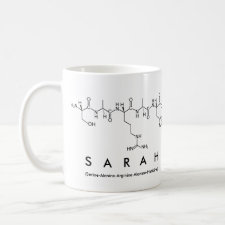
Authors: Beloglazova NV, Lenain P, De Rycke E, Goryacheva IY, Knopp D, De Saeger S
Article Title: Capacitive sensor for detection of benzo(a)pyrene in water.
Publication date: 2018
Journal: Talanta
Volume: 190
Page numbers: 219-225.
DOI: 10.1016/j.talanta.2018.07.084
Alternative URL: http://www.sciencedirect.com/science/article/pii/S0039914018307902
Abstract: An affinity sensor based on capacitive transduction was developed to detect benzo(a)pyrene (BaP) in river water. Two types of recognition elements, the synthetic receptor analogues molecularly imprinted polymers (MIPs) and natural monoclonal antibody (mAb) were tested for this type of biosensor. Different polymerization strategies to obtain MIPs were compared. One approach comprised a preliminary batch synthesis of beads that were subsequently coupled covalently to an electrode surface. Another approach consisted of the in-situ synthesis of MIPs directly onto the electrode surface using electropolymerization. The latter approach provided the best results. To choose the optimal recognition element mAb and MIP-modified electrodes different sets were evaluated with regards to their sensitivity, selectivity, linear range and re-usability. The mAb-modified electrodes were considerably more sensitive toward BaP (ng L-1 range vs μg L-1 range for the MIP-modified one), and showed a broader linear working range than the MIP-modified electrodes. The latter revealed more suitable for group-selective determination of PAHs. The developed capacitive sensor was tested for the detection of BaP in naturally-contaminated water samples collected in different places of Ghent, Belgium. The results obtained with the sensor were coherent and reproducible, and were in a good agreement with the confirmation technique, HPLC-FlD
Template and target information: benzo(a)pyrene, BaP
Author keywords: Capacitive biosensor, molecularly imprinted polymer, Benzo(a)pyrene, Monoclonal anti-benzo(a)pyrene antibody, water analysis



Join the Society for Molecular Imprinting

New items RSS feed
Sign-up for e-mail updates:
Choose between receiving an occasional newsletter or more frequent e-mail alerts.
Click here to go to the sign-up page.
Is your name elemental or peptidic? Enter your name and find out by clicking either of the buttons below!
Other products you may like:
 MIPdatabase
MIPdatabase









